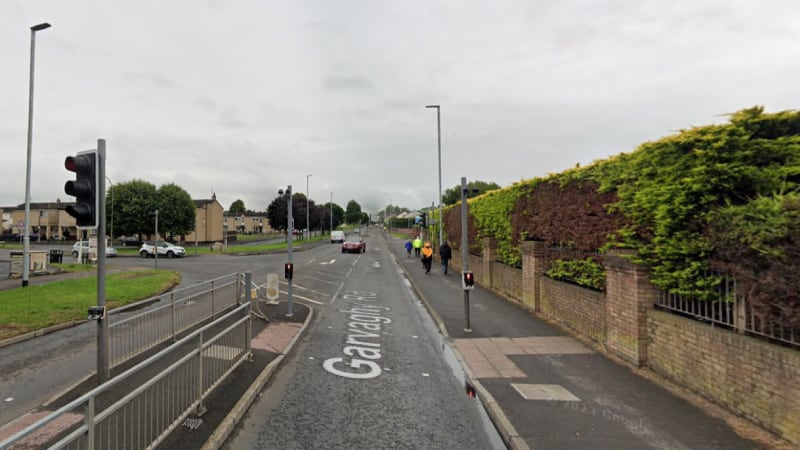The dismal approach to bilingual signs in the Armagh, Banbridge and Craigavon council area is a dispiriting example of how far this society still has to go in terms of respecting the legitimate aspirations and wishes of all sections of the community.
It seems there are next to no signs displaying street names in both Irish and English in the borough. This is not due to a lack of interest in erecting the signs, as our coverage of a case centred on the Garvaghy Road area of Portadown highlights.
Councillors rejected an application for an Irish language sign by residents of Woodside Hill, despite them following the council’s own policy.
This sets out in detail how applications are to be handled. The first step involves securing the backing of a third of residents to a petition for bilingual signs, which is then submitted to the council.
Next, the council carries out its own more detailed survey. ABC’s policy states that this must have the support of at least two-thirds of residents on the electoral roll; non-responses are assumed to be opposed to the application.
That will strike many as not only a high threshold but also one that is closer to the idea of the ‘supermajority’ some unionists have demanded for a border poll to be passed.
Nonetheless, ABC’s target was comfortably passed in the council-managed survey, with 69.5% of Woodside Hill residents saying they wanted the new signs.
Despite the firm endorsement of residents, the council’s planning committee rejected the application. That decision was later upheld in a narrow 21-19 vote. Both meetings were held in secret.
Residents are understandably frustrated, and are entirely correct to question the council’s justification for rejecting the wishes of residents who have followed its policy and criteria.
Great strides have been made in promoting the Irish language across all sections of our community and it is difficult to see how bilingual signs can be regarded as contentious, especially when a majority of residents actively want them
Iris Hagan, who lives in the area, has started the process of taking a judicial review of ABC’s decision. She points out that bilingual signs would be “an opportunity to enrich our already diverse community”.
Great strides have been made in promoting the Irish language across all sections of our community and it is difficult to see how bilingual signs can be regarded as contentious, especially when a majority of residents actively want them.
Yet in Belfast, vandalism of bilingual signs has been squarely blamed on bigotry and prejudice.
It remains a depressing truism of our politics that it seems there is almost nothing that cannot be sectarianised.







